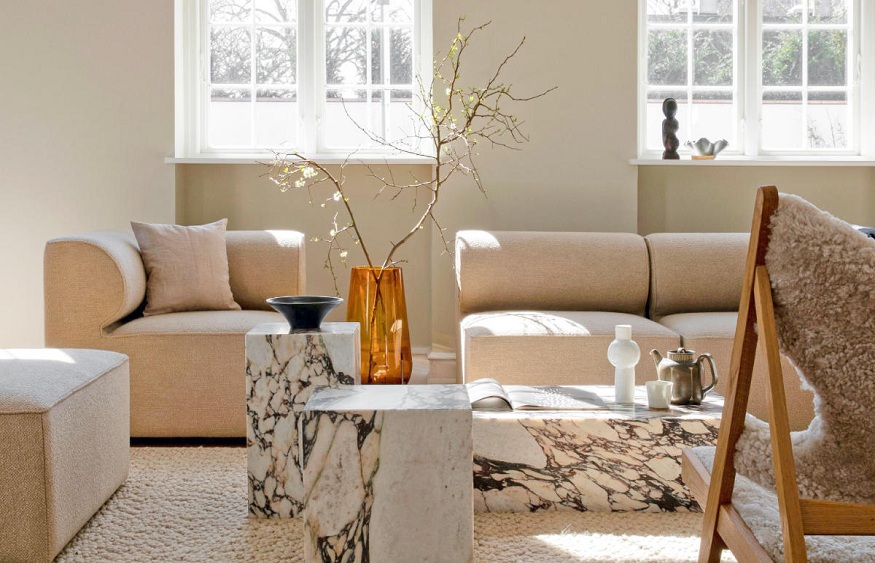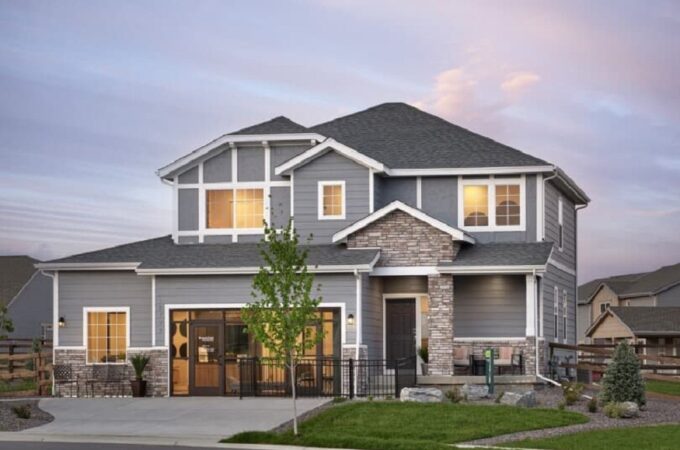
Aluminum That Mimics the Look and Feel of Wood: A Modern Marvel
Innovation is a driving force that constantly pushes the boundaries of what is possible in materials science and design.
One such breakthrough that has piqued the interest of architects, designers, and engineers alike is aluminum, which looks and feels like wood. This novel mix of wood’s warm, natural appearance with aluminum’s strength and adaptability gives up a world of possibilities in construction, furniture design, and other fields.
Where Aluminum Wood Originated
Before delving into the intricacies of aluminum, which resembles wood, it is critical to understand the history of this incredible creation. Developing materials resembling wood’s look and feel has long been a goal in the design and building industries. Wood is recognized for its inherent beauty, warmth, and timeless character, but it also has negatives, such as a penchant for decay, insects, and environmental conditions.
The search for wood-like materials culminated in the developing of wood veneers, laminates, and even plastic wood imitations. Meanwhile, these alternatives usually need more authenticity and solidity.
Aluminum Wood Manufacturing Process
Aluminum that looks and feels like wood after a veneer or paint job. A complicated manufacturing process transforms standard metal sheets into that finish, giving them a realistic wood-like look. This procedure often entails:
- Sublimation printing is the digital transfer of a high-resolution image of genuine wood grain onto an aluminum surface. This is a necessary step in achieving an authentic wood look.
- After image transfer, the aluminum sheet is coated with a specifically developed powder coating layer. This coating improves the material’s tactile properties while protecting the surface.
- The coated metal is cured at high temperatures, allowing the powder coating to stick firmly to the surface. This procedure ensures that the finish will last.
- A texture is applied to the surface during the curing process to replicate the tactile feel of wood grain. This texture attempts to mimic the organic feel of wood.
- After curing, the aluminum sheet may undergo additional treatments such as embossing or staining to add depth and character to its appearance and feel.
Advantages of Aluminum and Wood
The following advantages come from the mix of aluminum and wood-like aesthetics:
- Unlike natural wood, which can rot, warp, or splinter over time, aluminum wood is exceptionally resistant to external impacts. Regular maintenance or refinishing is not required.
- Aluminum wood has many applications, including accents in interior design, furniture, and architectural aspects such as siding and roofing.
- Aluminum is a reusable material, and environmentally friendly manufacturing techniques are routinely utilized to produce aluminum wood. As a result, it acts as a more sustainable alternative to traditional wood gathering.
- The digital printing technology allows for an almost limitless variety of wood grain designs and hues. As a result, designers have a wide range of options for realizing their ideas.
- Aluminum is naturally fire-resistant, which adds an added layer of protection in building applications.
Applications in design and construction
Aluminum wood’s versatility opens up a world of creative possibilities in a variety of industries:
- Architects can use aluminum wood as exterior cladding to give buildings a cozy and welcoming appearance while providing long-lasting protection from the weather.
- For furniture designers, aluminum wood has radically transformed the game. Wooden cabinets, tables, and chairs now have the elegance of wood without the flaws.
- Aluminum wood can be used in interior design for ceiling panels, flooring, and wall coverings, bringing a natural touch to any indoor space.
The Future of Wood and Aluminum
Aluminum wood will get better and find more uses as materials science develops. Advancements will aid its wider use in surface textures, color variations, and installation techniques. Additionally, ecologically aware builders and designers will be drawn to this material’s sustainability.
The resilience of aluminum and the eternal beauty of wood are combined in a stunning invention known as metal that feels and looks like wood. This adaptable material has the potential to revolutionize the design and construction sectors by providing a natural wood substitute that is long-lasting, sustainable, and visually beautiful. In the years to come, we may anticipate many more intriguing applications of aluminum wood as technology and design advance.





